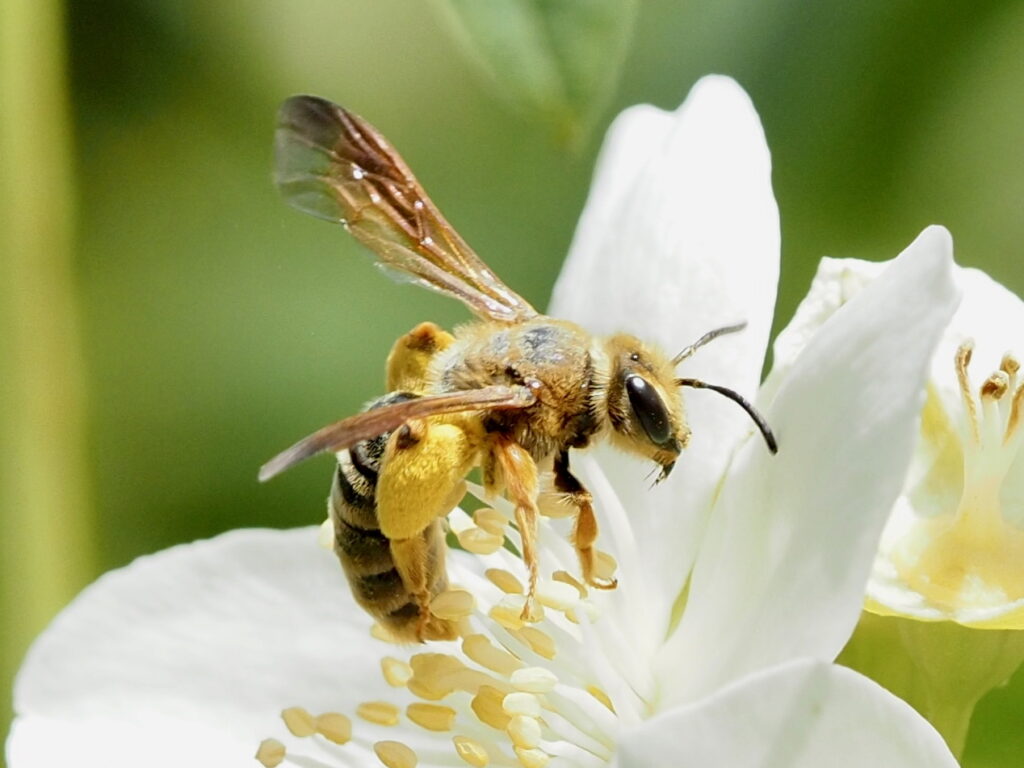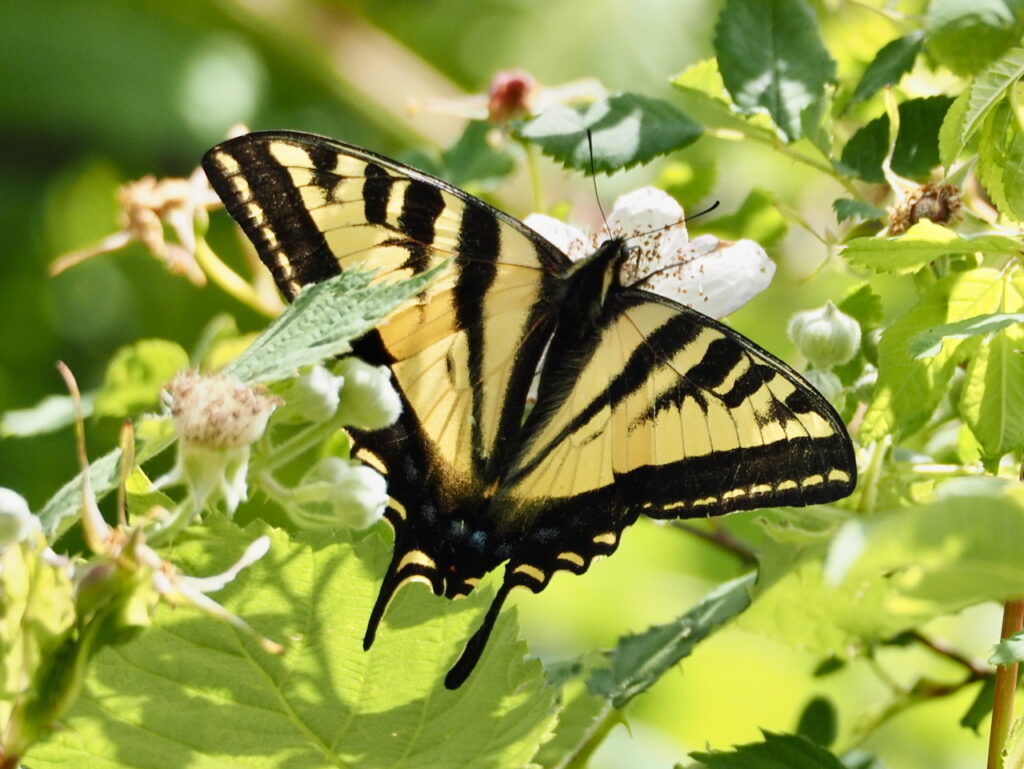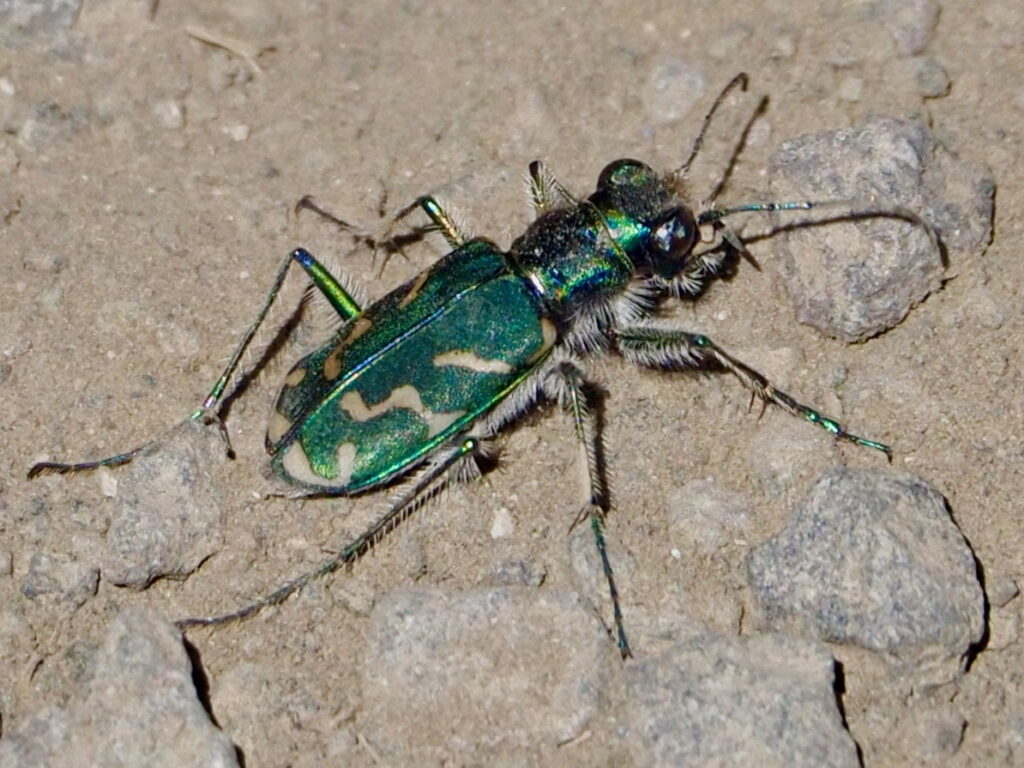by Richard Lewis

Insects are among the most diverse and abundant organisms on
Earth. They play critical roles in maintaining ecological balance and
function. Their services include pollination, decomposition, nutrient
cycling, food sources, pest control, soil aeration, seed dispersal,
maintaining biodiversity, and environmental health indicators. In
addition they also provide significant contributions to science,
technology, art, and economics.

Despite their immense importance, insect populations are under
threat due to habitat loss, pesticide use, climate change, and
pollution. Protecting and appreciating insects is not just an
environmental necessity but a moral imperative to ensure the stability
and health of our planet.

On an August day in Fort Townsend, we can expect to see numerous
adult and immature insects including representatives from the orders
Coleoptera (beetles), Lepidoptera (moths and butterflies), Hymenoptera
(bees and wasps), Heteroptera (true bugs), Diptera (flies), Dermaptera
(earwigs), and Odonata (dragonflies and damselflies). Most will be in
the adult stage, but we should also see some immature stages. We will
employ different ways of finding and viewing insects and their signs—
including nests, galls, tracks, webs, feeding damage, and by
association such as predation from non-insect vertebrates— while we
stroll around beautiful Fort Townsend.







